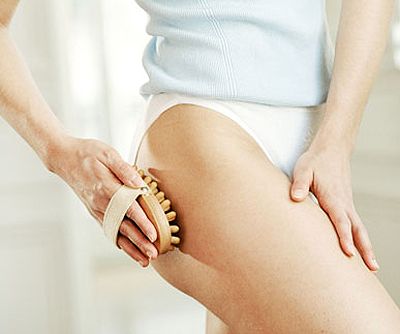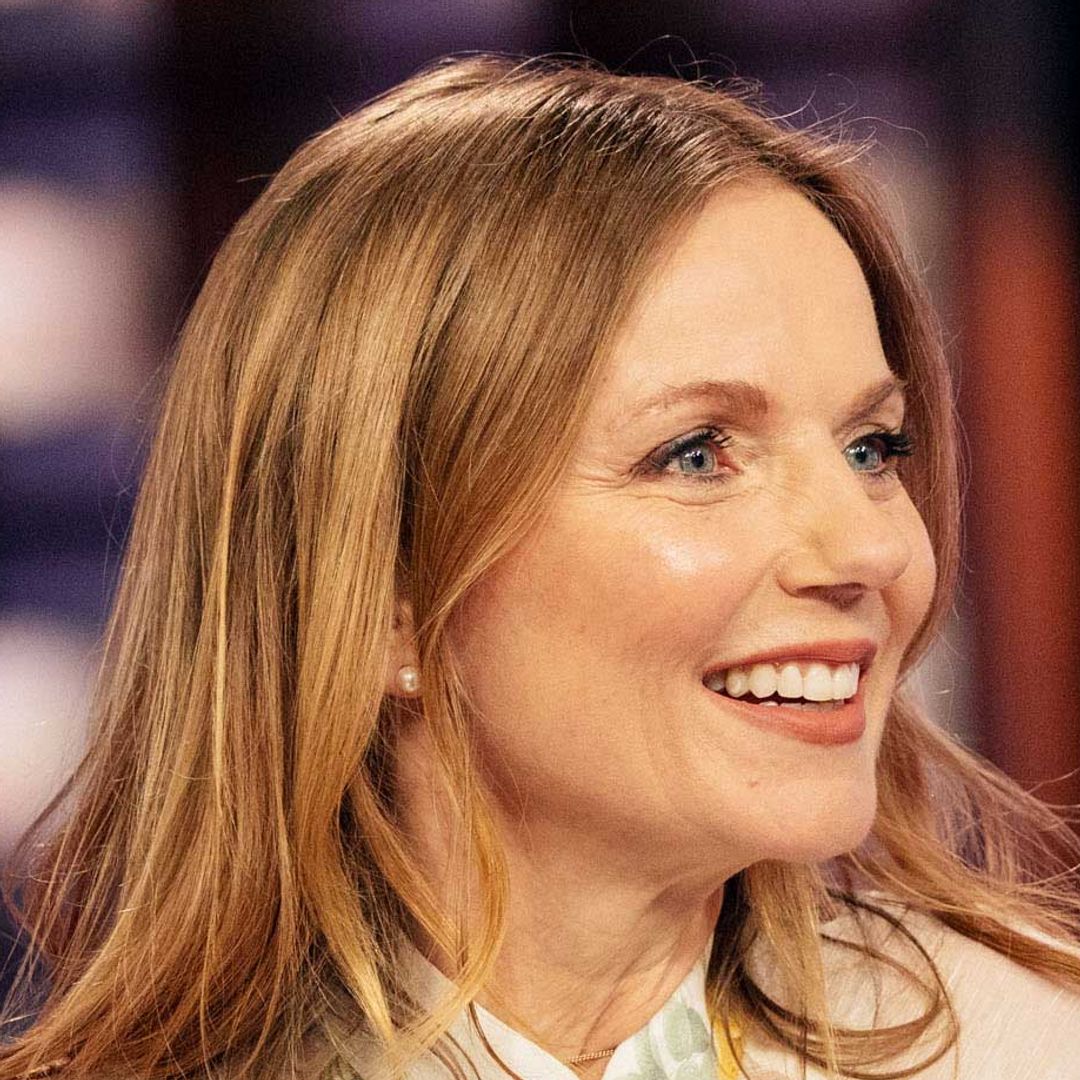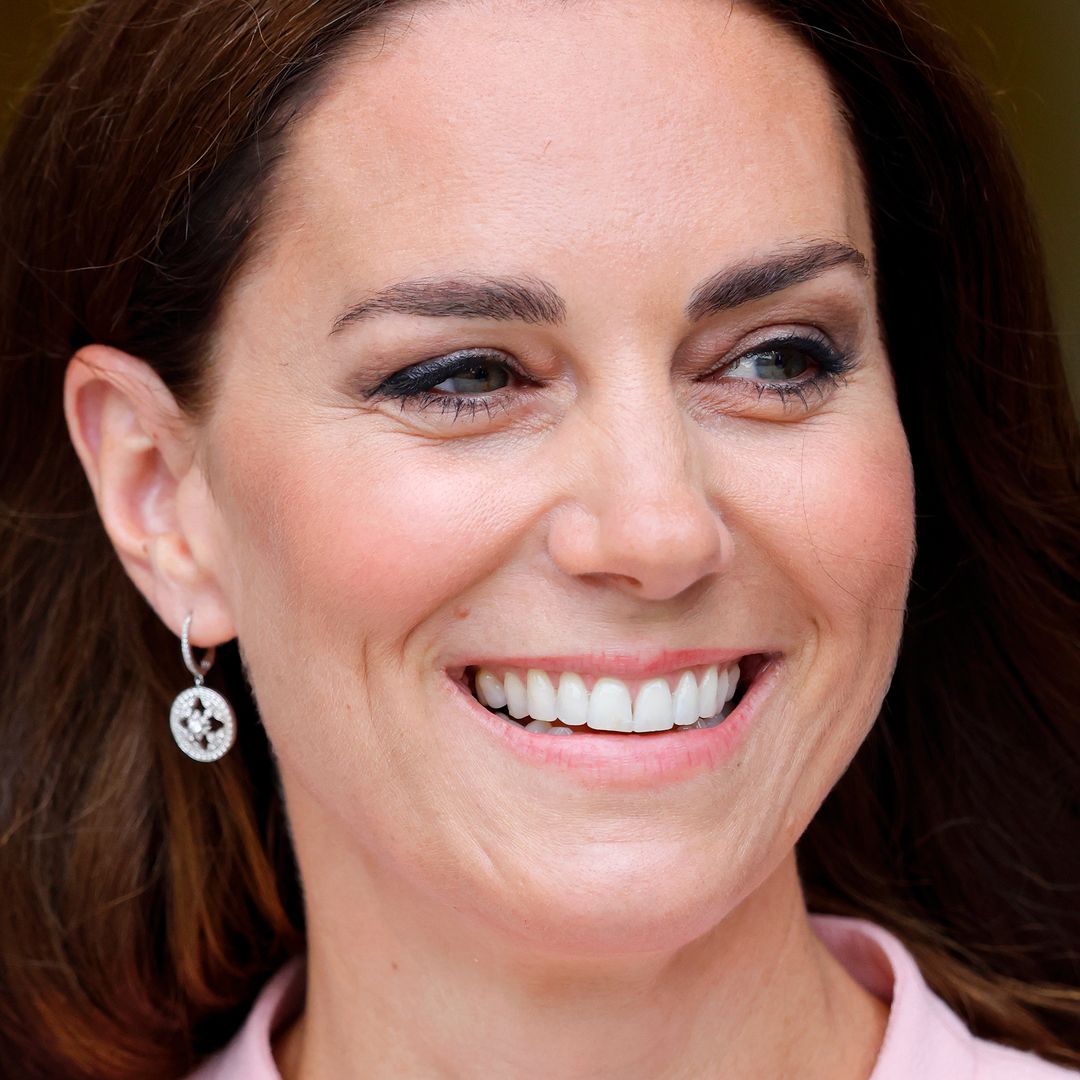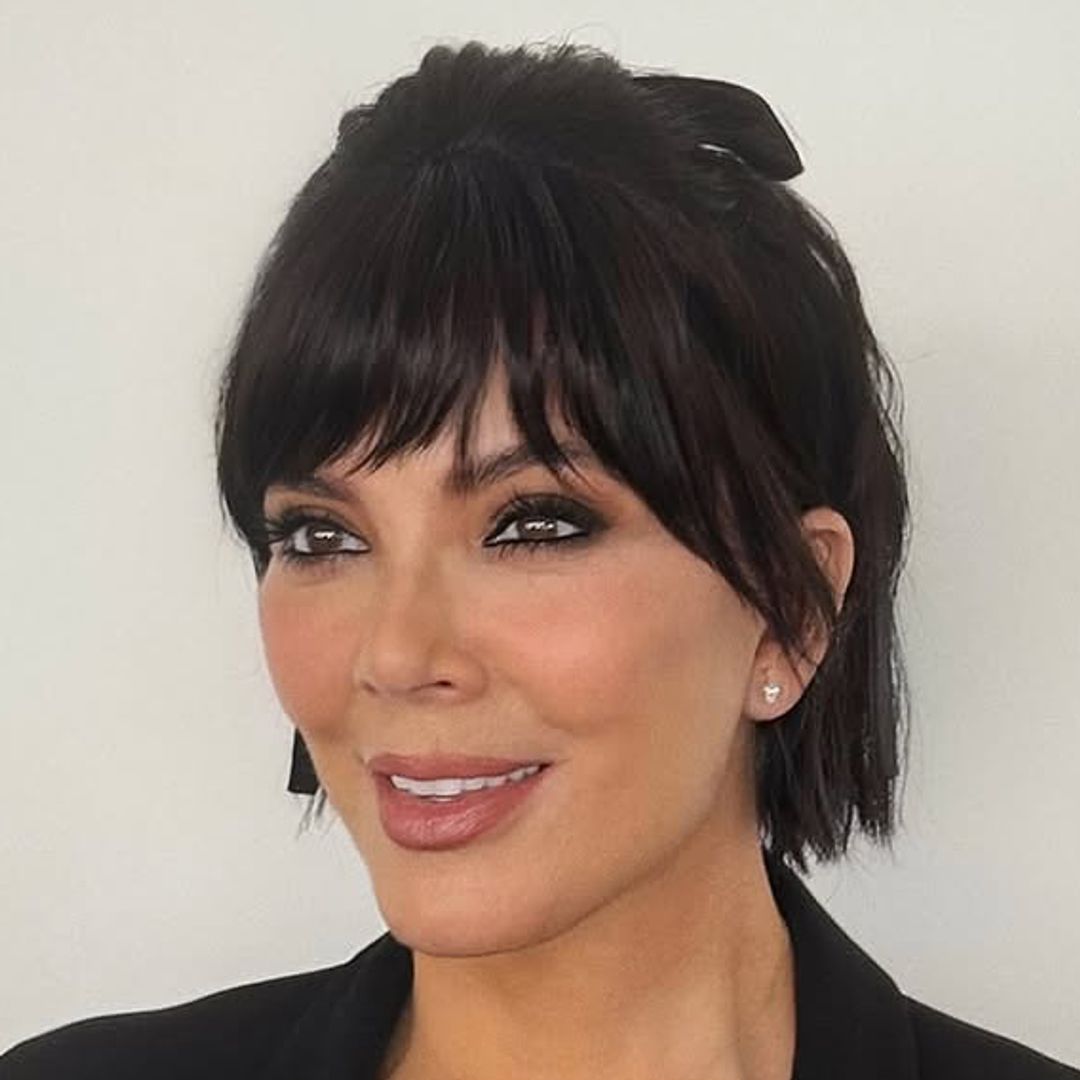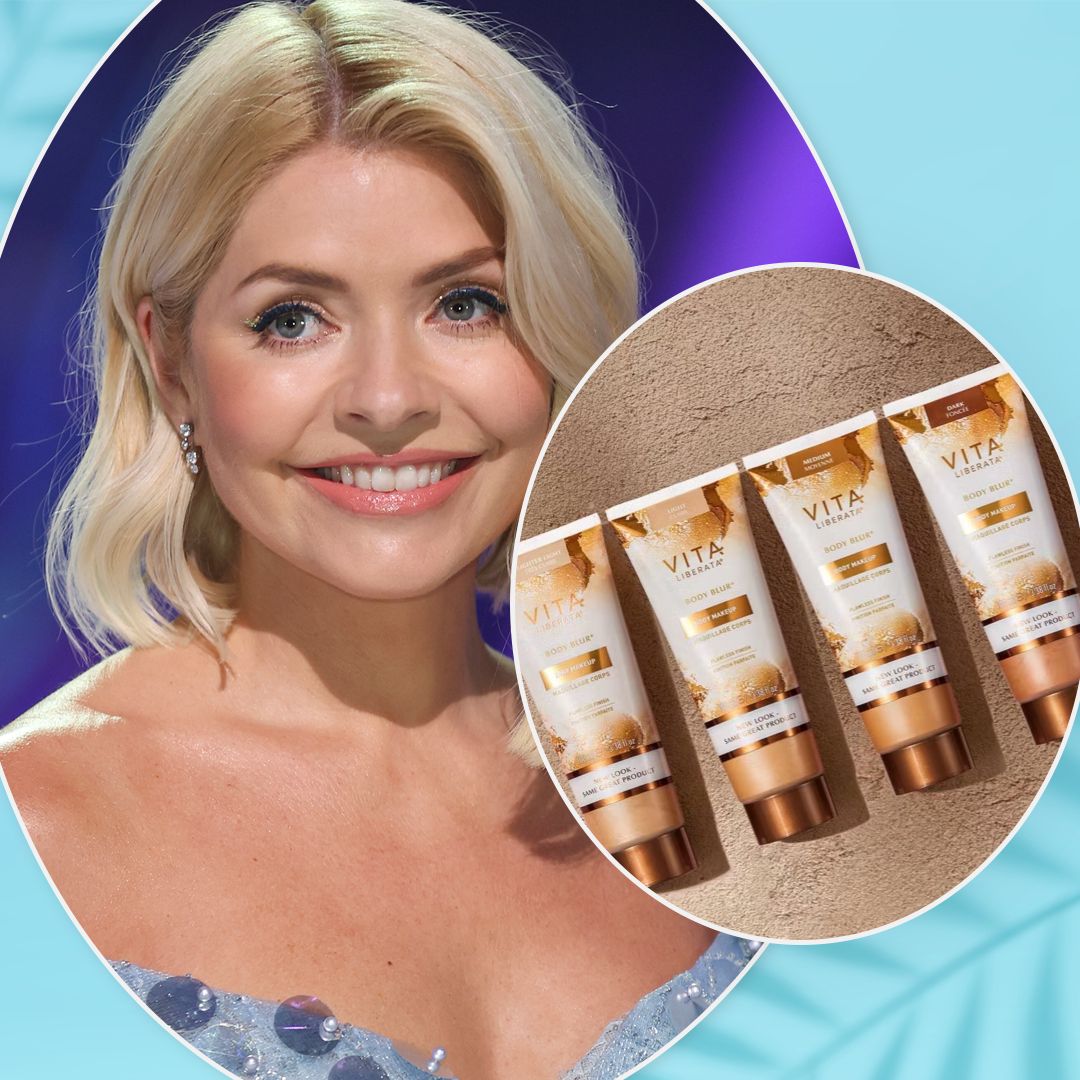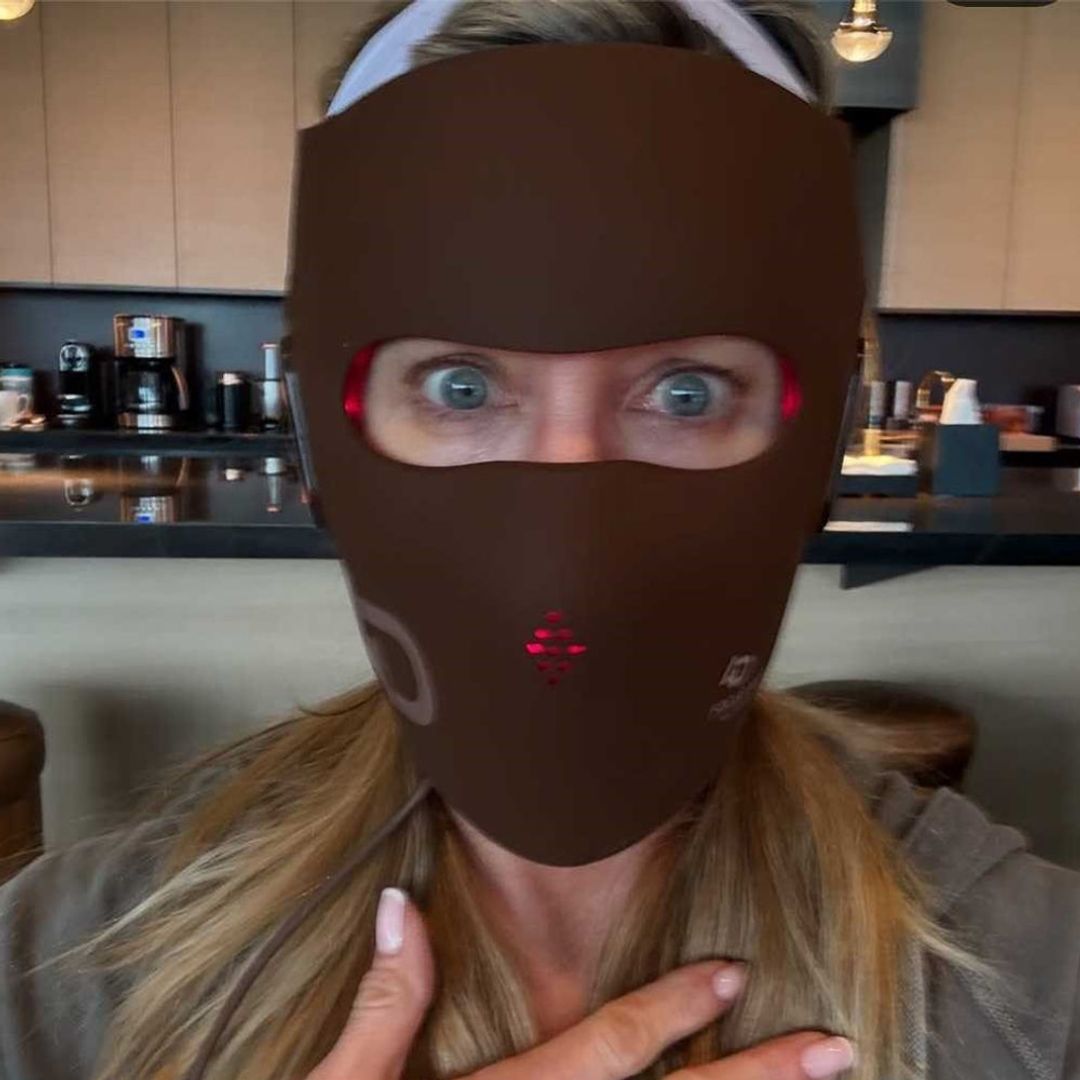Cellulite isn't one single problem, although the different types do have one thing in common: they all affect women more often than men. They tend to evolve slowly and affect different parts of the body, and it's perfectly possible for a person to suffer from more than one type. The identification process is particularly important, as the appropriate treatment depends on the type of cellulite and the stage of its development. If you have a problem, it's a good idea to talk to an expert, but here we'll take a quick look at the typical characteristics of three types of cellulite and some of the methods that are used to deal with them.
Soft cellulite
This type of cellulite gives the skin an undulating appearance and, as its name implies, it is soft to the touch. Soft cellulite is mostly present in areas where there is a build up of fat, such as upper arms and legs, and is often accompanied by varicose veins or spider veins; as you walk or move, soft cellulite will also move. It tends to increase with age or weight gain, and it's aggravated by lack of muscle tone. In general, improved circulation and skin tone will help, as will weight loss.
Areas affected: Thighs, abdomen, buttocks and arms.Age of onset: Common in women between 30 and 40.Appearance: The skin has a gelatinous appearance, and the affected area changes position with body movement. It is more apparent when lying down than when standing.Texture: Soft, as its name suggests, and somewhat spongy.
Soft cellulite solutions/treatment:
Slow weight loss, with due attention to high-quality protein intake. Exercise, paying particular attention to resistance training to gain and improve muscle tone. Cosmetic creams should be applied by massage to help improve circulation and combined with products that help circulation and activate venous return. In areas where there is excess fat, radio-frequency treatments can be effective, as can electro-stimulation treatments that drain, tone and firm. Endermologie, a kind of mechanical-stimulation massage using a specialist device that rolls and lifts the skin tissue, is believed to be very effective.
Hard cellulite
Also known as solid cellulite, this type is more common in younger women, and is mostly found around the hips and upper thighs. It is usually one of the first outward signs of cellulite.The skin is tight and grainy or dimpled like orange peel, and the appearance doesn't alter when walking or moving; the skin seems to be firmly attached to the muscle. Areas affected: The outer areas of the hips and thighs, and around the back and inside of the kneesAge of onset: Starts as early as adolescence; without early treatment, hard cellulite may never be eliminated.Appearance: The skin is dimpled or pitted, but the areas affected are constant and don't change position with body movement.Texture: The skin appears to be compact and may be painful or sensitive to the touch.
Hard cellulite solutions/treatment
Steps should be taken as soon as the problem is identified, as the earlier it is dealt with, the better chance it has of improvement. One treatment that is thought to help is mesotherapy, which consists of injecting customised combinations of drugs, vitamins and natural extracts into the mesoderm layer where they act on the problem under the surface. Cosmetic creams can also help, applied twice a day at the start of treatment, followed by on-going 'maintenance' applications. Endermologie and beauty treatments with specialist apparatus that help lift and detach the cellulite from the muscle can be effective.
Edematous cellulite
This is the least common type of cellulite and also the most difficult to treat. It results from problems of poor circulation aggravated by significant fluid retention. It mainly occurs in the legs, which lose their defining shape and become more columnar. The skin is pasty and may be painful when touched or when the sufferer is seated for a long time.Areas affected: Can affect thighs and knees, but most frequent in the lower legs, which lose definition.Age of onset: Around 20 to 30. Appearance: Slightly 'corky', almost like foam-rubber.Texture: The skin feels spongy, and may be painful to the touch. There are signs of venous and lymphatic insufficiency in the legs (water-retention, swelling, varicose veins, cramp, etc.).
Edematous cellulite solutions/treatment
Edematous cellulite is closely associated with fluid-retention and circulation problems, so it is important to treat both of these conditions; varicose veins may also occur and need to be dealt with. Gentle, non-impact exercise such as cycling, walking or swimming is recommended. Compression stockings can help, as can showering with alternate hot and cold water, and venotonic supplements such as ginseng, butcher's broom (ruscus) and horse chestnut, which help strengthen the vein walls. Foods that encourage fluid retention should be avoided, including salty and prepared foods, and fizzy drinks. Lymphatic drainage massage is beneficial, as is acupressure, and herbal teas such as horsetail and green tea that help reduce fluid-retention.

